Additional resources annotated guide for Felix and Anya

Center on the Developing Child

Trauma Center
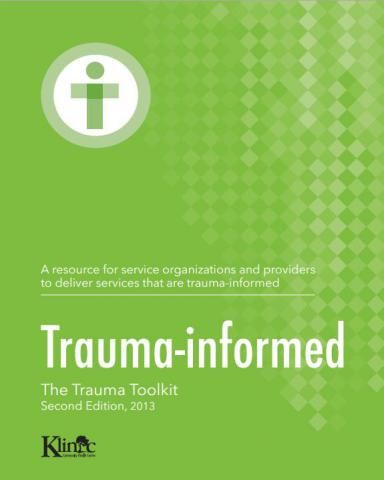
Trauma Informed Toolkit
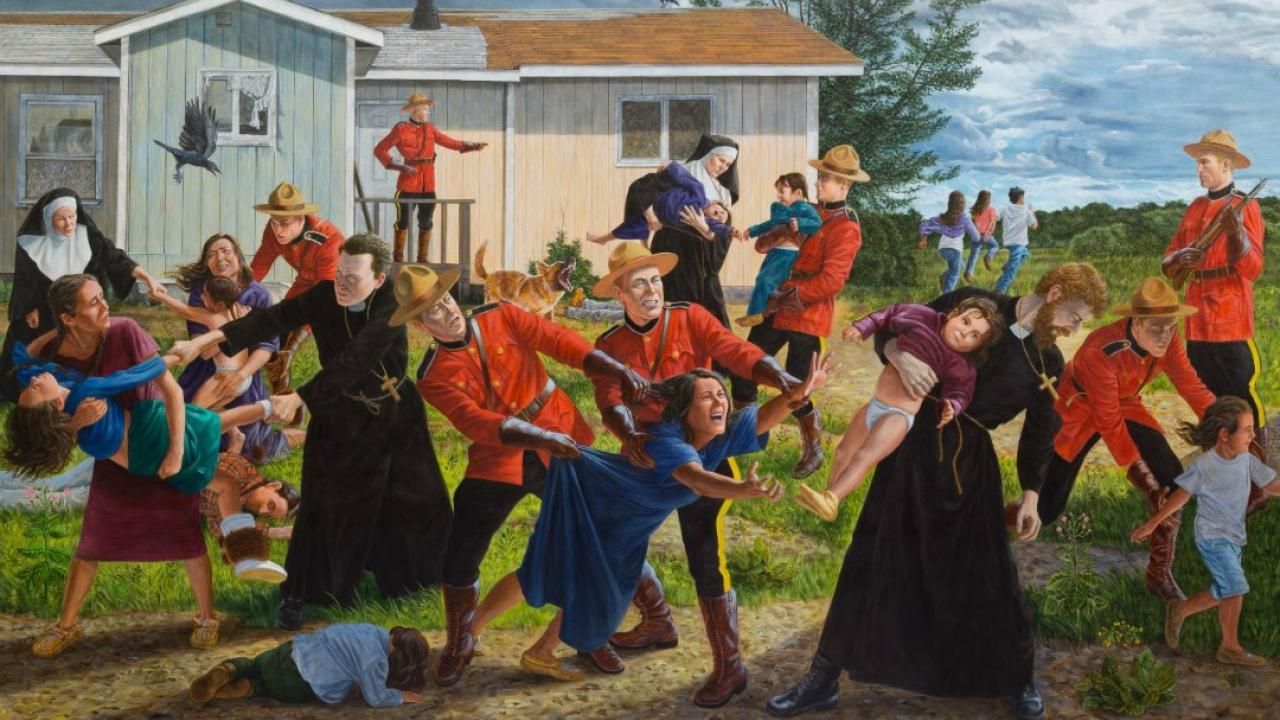
Shame and Prejudice: A Story of Resilience

The Art of the Graphic Memoir Tell Your Story, Change Your Life
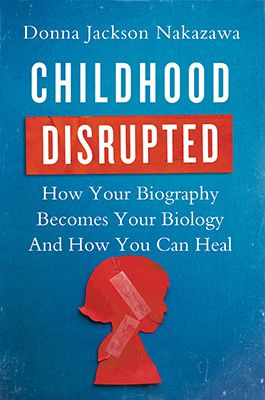
Childhood Disrupted
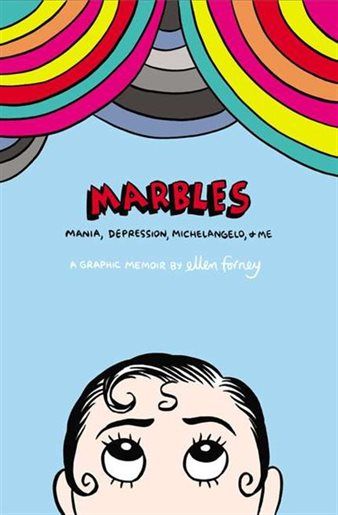
Marbles - Mania, Depression, Michelangelo, + Me
Shortly before her thirtieth birthday, cartoonist Ellen Forney was diagnosed with bipolar disorder. Flagrantly manic and terrified that medications would cause her to lose creativity and her livelihood, she began a years-long struggle to find mental stability while retaining her passion and creativity.
Searching to make sense of the popular concept of the crazy artist, she finds inspiration from the lives and work of other artists and writers who suffered from mood disorders, including Vincent van Gogh, Georgia O’Keeffe, William Styron, and Sylvia Plath. She analyzes the clinical aspects of bipolar disorder as she struggles with the strengths and limitations of a parade of medications and treatments.
Darkly funny, intensely personal, and visually dynamic, Forney’s graphic memoir provides a visceral glimpse into the effects of a mood disorder on the artist’s work. Her story seeks the answer to this question: if there's a correlation between creativity and mood disorders, is an artist's bipolar disorder a curse, or a gift?
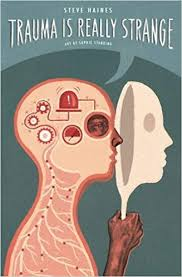
Trauma is really strange
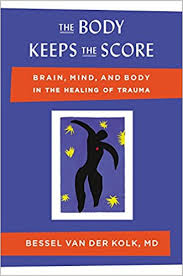
The Body Keeps the Score
Bessel Van Der Kolk’s book The Body Keeps the Score is an essential introduction to the field of trauma studies. Van der Kolk has spent the last 40 years studying and treating veterans, incest survivors, and other deeply traumatized populations. He has been at the forefront of a revolution in how we understand and respond trauma, most importantly with the (re)discovery of the body’s essential role in recovery.
The book explores the unseen epidemic of childhood developmental trauma (revealed, in part, by the adverse childhood experience (ACE) study), and how broken relationships with early childhood caregivers can leave lifelong effects. He discusses attachment theory and the various “styles” that children adopt to get their basic needs met.
Regarding treatment, van der Kolk is skeptical of talk-based therapy on its own. While some linguistic processing is important, traumatic experiences produce stress hormones and other physiological change that “re-wire” an individual’s nervous system. A person who experienced trauma becomes trapped in the past, perpetually “on guard” even though the danger has long passed, potentially subject to intrusive memories and flashbacks. This condemns them to live in continual fear and makes it impossible to form the lasting, intimate relationships that are essential for human happiness. Drugs, alcohol, and other forms of self-harm are common ways of trying to cope with the lasting imprint of an overwhelming traumatic experience.
Fortunately, we now understand how to better aid such individuals in ways that do not simply mask the underlying causes. Across several chapters, van der Kolk reviews the scientific literature on the effectiveness of body-based treatments, such as yoga, eye movement desensitization and reprocessing (EMDR), and rhythmic drumming. Overall, these methods have been shown to be more effective compared to psychiatric medications or talk based therapy alone.These body-based treatments meet the trauma on the level where it was experienced, and allow an individual to re attune themselves to living in the present moment.

"Listening to Shame,” and “The Power of Vulnerability"
In these powerful talks (some of most viewed in TED history), Brown explains how her research lead her to realize that vulnerability was an essential element to lead a “wholehearted” life. She realized when we cut ourselves off from the “lows,” and shirk away from what’s painful or challenging, we also deprive ourselves of the capacity to feel the “highs”. “We cannot numb ourselves selectively,” she states. She distinguishes between guilt and shame (I did something bad vs. I am bad), and explores how women and men experience shame differently (“do it all, do it perfectly, never let them see you sweat” vs. “do not be perceived as weak”). She concludes that empathy is the antidote of shame. To develop this, we must make ourselves vulnerable by opening sharing our internal struggles with others.

How Trauma and Resilience Cross Generations
This podcast is an excellent introduction to Yehuda’s work in the field of epigenetics. Studying the children of Holocaust survivors, Yehuda discovered they had significantly higher rates of PTSD, anxiety, and mental illness (similar results have been found in other 2nd generation traumatized populations). Along with other researchers, she has identified the biological mechanisms at work in trauma transmission. In this discussion, Yehuda speculates that this may play an important role in developing resilience and other qualities essential for survival. She also discusses the essential role that ritual can play in giving trauma space for it to be recognized without letting it take over your entire life.
Further reading on epigenetics can be found here:

Teaching and Learning about Masculinity
This article contains many links and ideas about how to approach teaching masculinity. Michael Kimmel, who spearheaded the first master’s degree program in masculinity,describes one of his classes and presents several excellent suggestions for how to get a conversation going about masculinity and what it means to “be a real man.” These questions will allow students to explore how these stereotypes impact their relationships and careers.